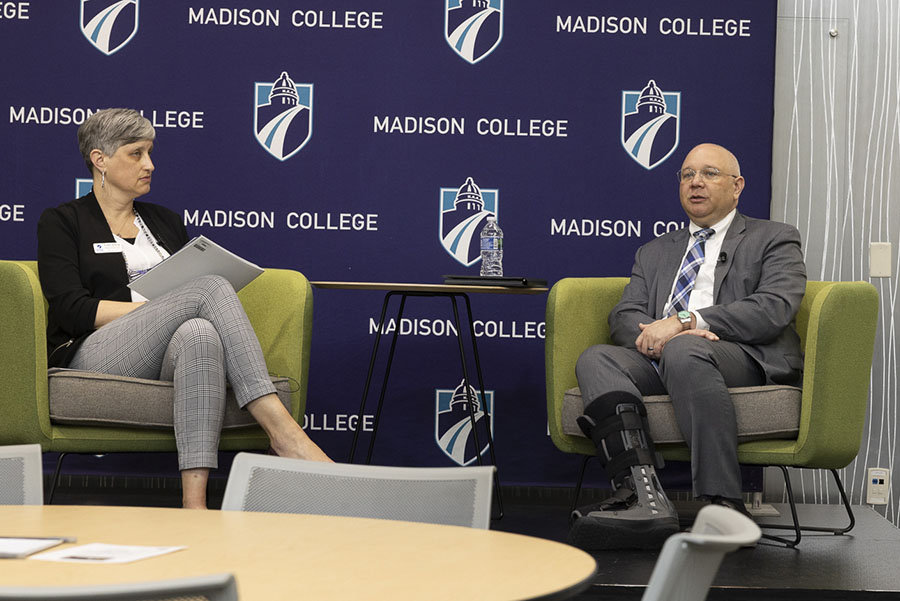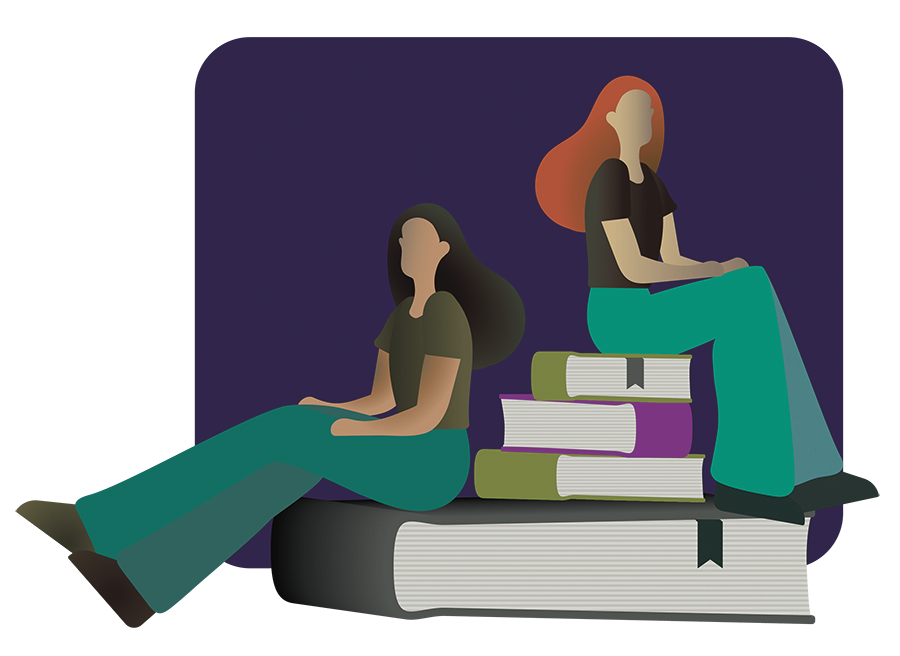Expansion, upgrade planned for culinary arts
February 3, 2015
The culinary arts program at Madison College is expanding. Extensive renovations at Truax campus have been years in the making. Administration and program instructors say the changes are needed to better serve both the students and the community.
According to Paul Short, culinary arts program director, the renovations will include surrounding areas, like the other applied arts programs (baking, hospitality and cosmetology) as well as the student life office, the student lounge and the cafeteria.
The existing culinary space on the first floor will be gutted and remodeled, and include areas that are now the cafeteria and student seating, and some space in Student Life and the student lounge. The total construction area for this project will be more than 50,000 square feet. Of that, 10,000 square feet is existing space and 40,000 square feet is additions.
The expansion was originally planned for the Downtown Campus. The plans were given media coverage then because of its potential impact to the downtown area. The project was made possible in part by referendum money awarded to the school by taxpayers in 2010. The total cost of the project is $27.6 million. Of that, $15.6 million will come from referendum money, and the rest will be made up through borrowing.
The project was moved to Truax to get more use of the money they have, according to the Dean of business and applied arts, Bryan Woodhouse. The downtown plans were to build a three-story building that stood separate from the existing campus. Woodhouse says that would be expensive compared to creating a first-floor extension at Truax.
“We’re actually able to stretch the dollars farther here and accommodate more programs,” Woodhouse said.
Administration has worked with Short and other culinary instructors to plan for a better learning environment. Additions include: larger classrooms with individual learning labs, including individual ovens, stoves, countertops and sinks; glass surrounding the labs so passersby can look in and watch students at work; a new gourmet dining room (still open to the public); and a demonstration lab that can hold up to 75.
Woodhouse described the demonstration lab as a cornerstone of the expansion. Many more students will be able to watch their instructors or guest chefs do demonstrations. It also opens up prospects to serve the community.
The program often receives requests from local groups to use the culinary facilities. Before now, they simply didn’t have the room. A new demonstration lab could host fun team-building activities, general non-credit cooking classes for locals who are looking to spice up their meals at home, or larger organizations like University of Wisconsin-Madison Health, who could use the facilities to train their staff in preparing specialty dietary foods.
“There’s just a real demand for different types of classes and things. We’ll be looking how we can get those classes to the public and what kinds of things we can do,” said Short.
The expansion also serves the Madison area by meeting a high demand for culinary employment.
Woodhouse explained, “We’ve had several meetings with chefs in the area that are really clamoring for more workers. One of the cornerstones of this project is to expand our space so we can take more students in and meet the industry demand that is out there.”
A high percentage of culinary graduates from Madison College not only work in their field after graduation, but many stay around to work in the Madison area. A yearly survey that tracks new program graduates, conducted by the college, shows that in 2012, 72.7 percent of culinary graduates were employed in the Madison College district. In 2013, 84.6 percent of graduates were employed in the Madison College district.
The expansion will create more classrooms that can accommodate more students. The baking program alone will be split into a breads program and a decorative baking program (like cake decorating), made possible by a new decorating lab. The split will not only provide more specialized areas of interest to students, but will also allow twice the number of students accepted into the baking program each year (it now stands at 16 students a year).
The expansion was really created with the students’ interests in mind, according to Short. He said the existing space is not a great learning environment. The program currently shares space with cafeteria food preparation. Short described the shared scene as often “chaotic.” One of the goals of the renovation is to physically separate the two areas.
Short said too, that the program environment is loud and cramped. The classrooms aren’t large enough and several students often share the lab areas at one time. A cramped area also means disruptive conversation from outside classrooms and loud food carts rolling past constantly.
“Literally, classrooms are interrupted all the time,” said Short. “I try to explain to people: imagine being in maybe one of your third floor classes upstairs, and in the middle of class, as your teacher is lecturing, someone comes walking on in with a cart […] Disruptive, takes you off your thought process. It’s just not a good environment for teaching that way.”
“If you look at the number of alumni from our program that are working in the city of Madison, some are in charge of the top restaurants in the city, some are working for the top restaurants. They’re off doing some pretty cool things. We see a continued growth factor for us,” said Short.
Pending final approval from the state office, the renovations will begin this July. The projected move-in date will be either fall or winter 2016.































